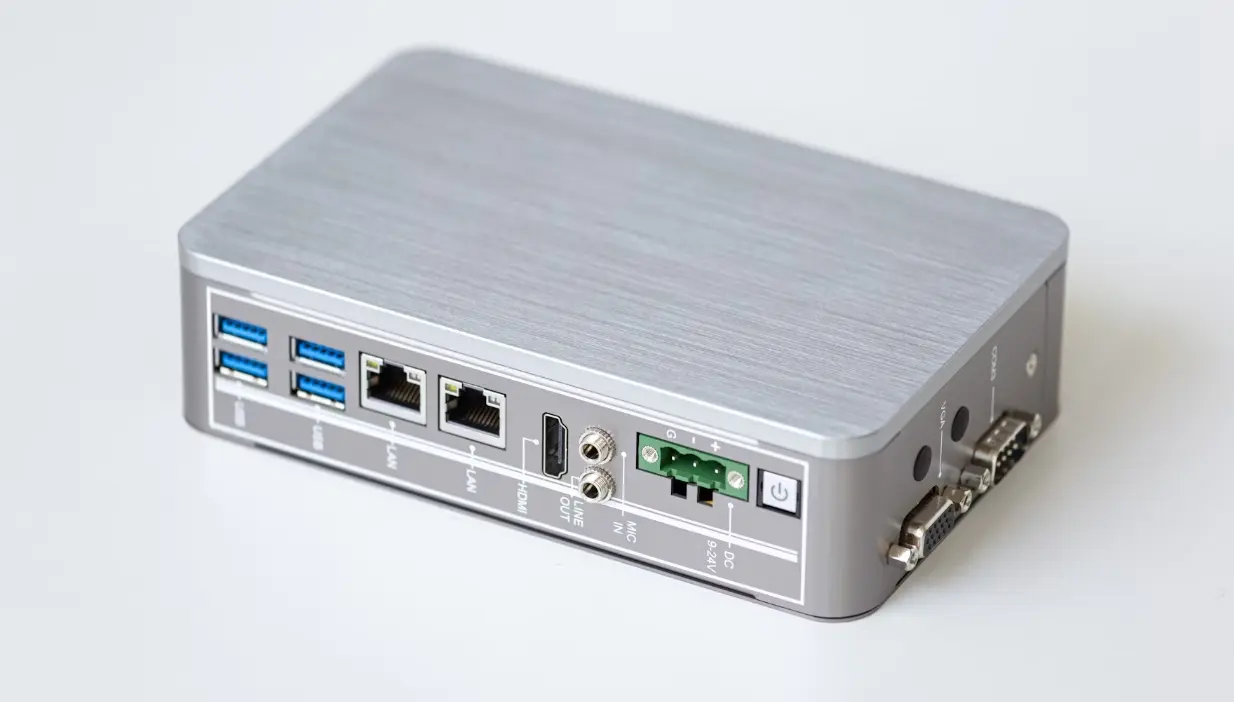
PC Products EMC Certification Testing
EMC (Electromagnetic Compatibility) is an important indicator for evaluating product quality. It refers to the ability of a product to limit electromagnetic interference (EMI) and its resistance to electromagnetic interference (EMS), which are key components of overall product quality.
This definition includes two aspects. On the one hand, it requires that electronic equipment does not exceed a certain level of electromagnetic interference in normal operating conditions, i.e., EMI. On the other hand, it requires that electronic equipment possesses a certain level of immunity to electromagnetic interference from the environment, i.e., EMS. The purpose of EMC testing is to evaluate the impact of a product’s electromagnetic emissions on human health, public power grids, and other electronic products that operate normally.
EMC (EMI & EMS) & RF testing for PC products.
Relevant Standards/Regulations:
- CISPR 32, EN 55032, AS/NZS CISPR 32, VCCI CISPR 32, FCC CFR Title 47 Part 15
- EN 61000-3-2, EN 61000-3-3, EN 55035 (IEC 61000-4-2, IEC 61000-4-3, IEC 61000-4-4, IEC 61000-4-5, IEC 61000-4-6, IEC 61000-4-8, IEC 61000-4-11)
- ETSI EN 301 489-1/-17, EN 300 328, AS/NZS 4268, ETSI EN 301 893, ETSI EN 300 440, EN62311
Latest Versions by International Electrotechnical Commission:
- CISPR 32:2015/A1:2019
- CISPR 35:2016
Latest Versions for Europe:
- EN 55032:2015/A1:2020
- EN 55035:2017/A11:2020
Testing Capabilities:
China JJR Laboratory fully meets all testing requirements for EN 55032 and EN 55035 certification and has received the latest CNAS accreditation.
Testing Items:
EMI:
- Conducted Emissions
- Radiated Emissions
- Harmonic Current
- Voltage Fluctuations and Flicker
EMS:
- Electrostatic Discharge
- Radiated Electromagnetic Fields
- Near Field from RF Wireless Communication Devices
- Electrical Fast Transients/Burst
- Surge
- Conducted Immunity
- Power Frequency Magnetic Fields
- Voltage Dips and Short Interruptions
Sample Quantity:
For PC, Server, and Notebook products, at least two sets of samples are required (one set for EMC and one set for RF).
Email:hello@jjrlab.com
Write your message here and send it to us
 Cytotoxicity Analysis (CCK-8 Method)
Cytotoxicity Analysis (CCK-8 Method)
 Disinfection Validation for Reusable Medical Devic
Disinfection Validation for Reusable Medical Devic
 ASTM F3208-2020 Testing Laboratory
ASTM F3208-2020 Testing Laboratory
 Reprocessing of Reusable Medical Devices ISO15883
Reprocessing of Reusable Medical Devices ISO15883
 Wireless Product Certification Guide
Wireless Product Certification Guide
 TISI Certification for Hair Dryers in Thailand
TISI Certification for Hair Dryers in Thailand
 Thailand TISI Compliance Certification Reminder
Thailand TISI Compliance Certification Reminder
 CPC Certification for Baby Crawling Mats on Amazon
CPC Certification for Baby Crawling Mats on Amazon
Leave us a message
24-hour online customer service at any time to respond, so that you worry!




